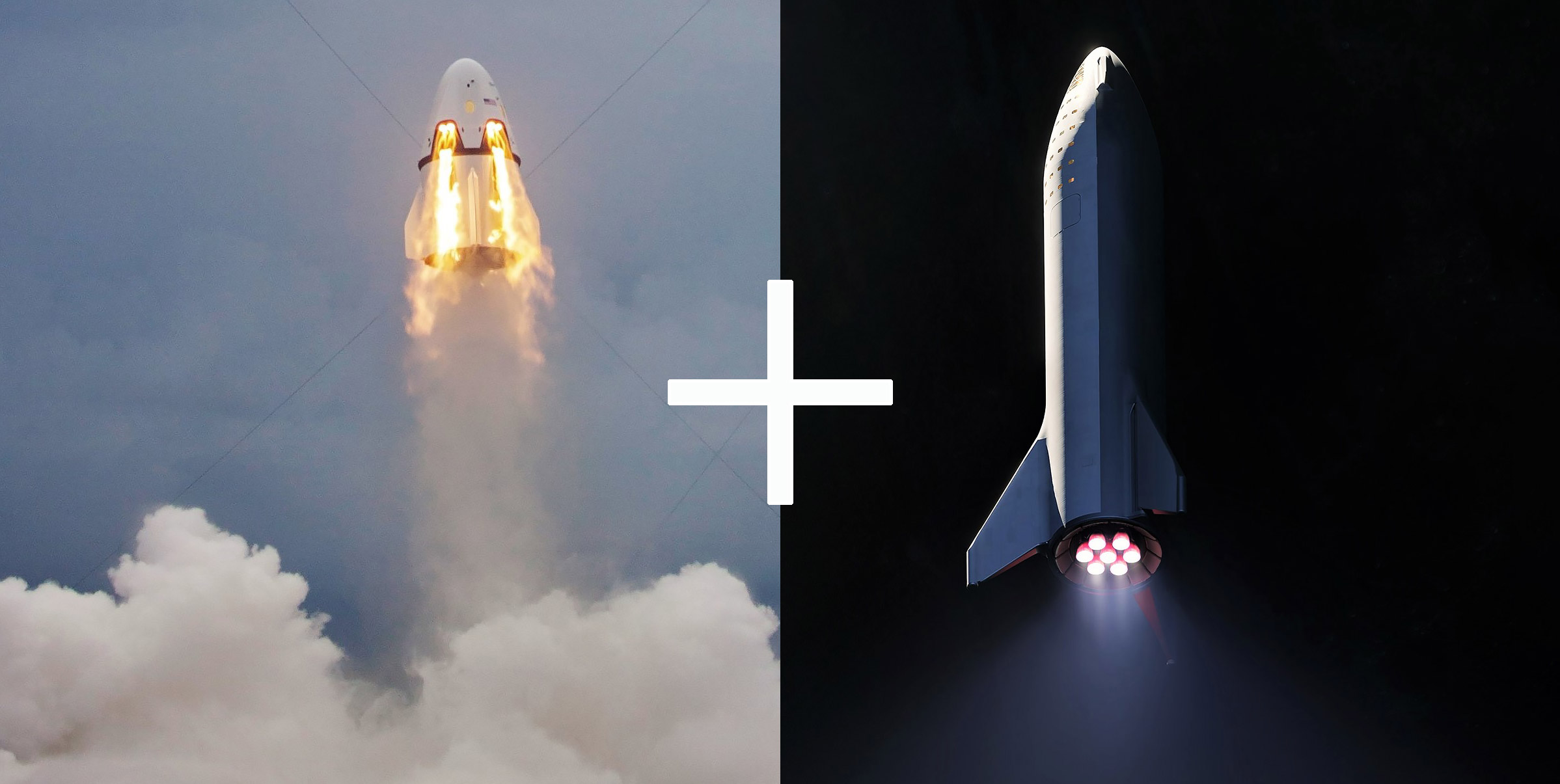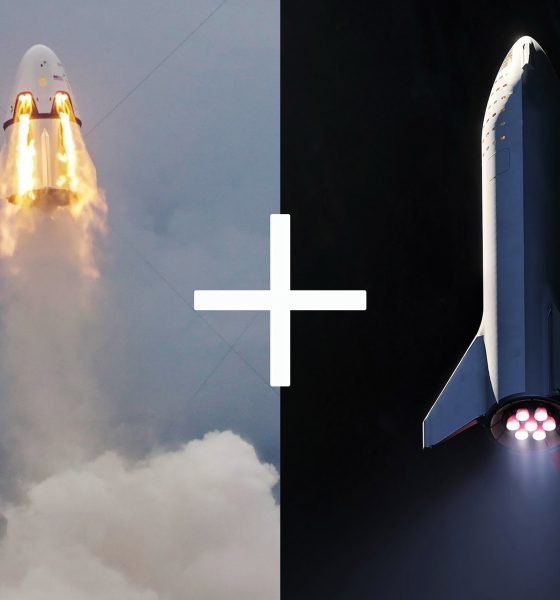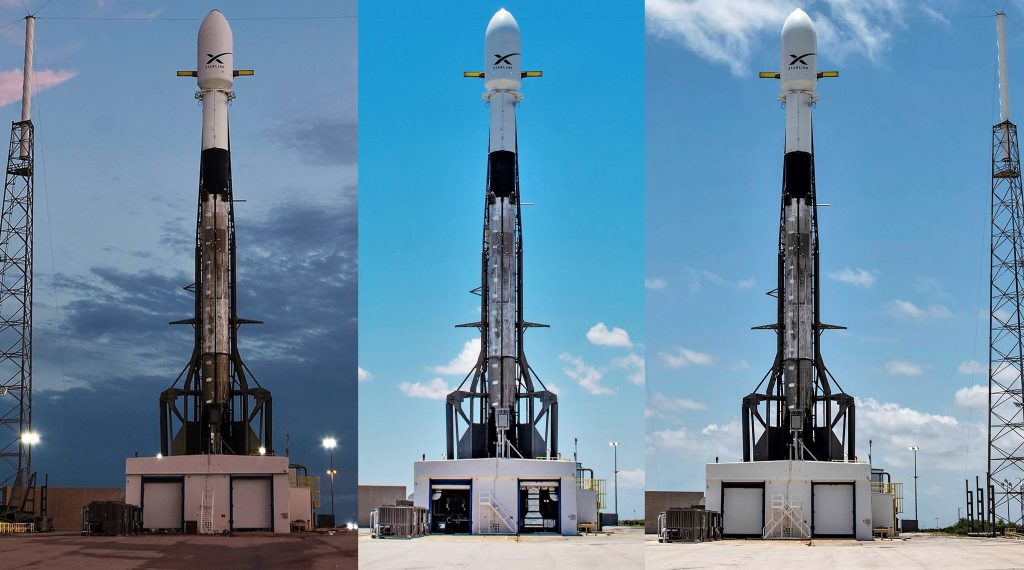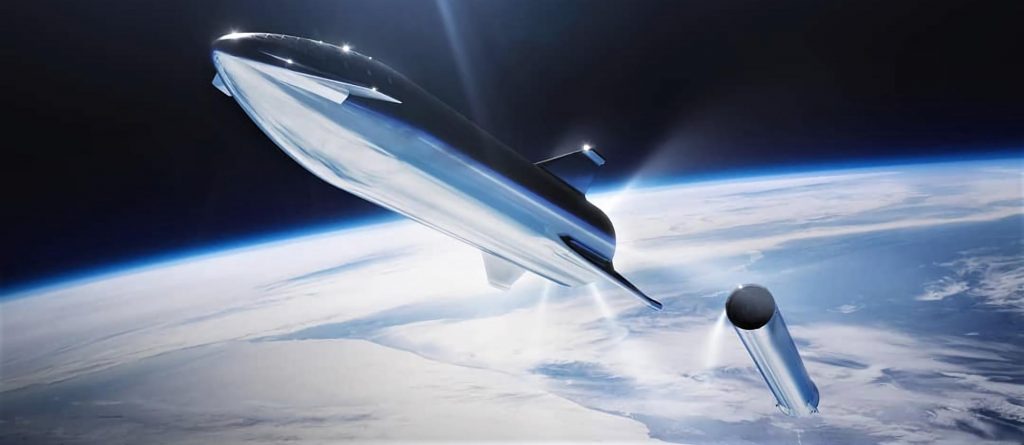

News
SpaceX CEO Elon Musk says Starship pad abort capabilities could come sooner than later
Despite a number of technical hurdles, SpaceX CEO Elon Musk believes that the company’s next-generation Starship spacecraft could eventually be capable of pad aborts in the event of a Super Heavy booster failure before liftoff.
For a vehicle as large and heavy as Starship, this would necessitate a number of compromises, but would undoubtedly serve as a major confidence-booster for prospective passengers in lieu of an established record of reliability. If Starship were capable of pad aborts like the company’s Crew Dragon spacecraft, high-profile and high-value customers like NASA and other space agencies could be far more willing to place astronauts and payloads on what they perceive to be a bizarre but high-performance launch vehicle.
Although SpaceX would almost certainly prefer that Starship and Super Heavy skip the first half of Falcon 9’s life cycle (marked by two catastrophic failures), building a new launch vehicle – particularly one with all new materials, engines, and production processes – is extremely challenging, and failures are to be expected as kinks are worked out.
On the plus side, after several lessons were learned the hard way, SpaceX has demonstrated that it can build an extremely reliable launch vehicle. Since its last catastrophic failure in September 2016, SpaceX has successfully completed 49 launches of Falcon 9 and Falcon Heavy in barely 2.5 years, compared to 29 launches (with 2 failures) from 2010 to 2016. In short, SpaceX has simultaneously proven that it can beat almost any other single provider’s launch cadence and do so with impressive reliability, all while pushing the boundaries of reusable rocketry and constantly upgrading flight hardware.

Destroying customer payloads remains unacceptable, but the ultimate success of SpaceX’s Falcon launch vehicle family – at the cost of two operational failures – is undeniable. With Starship and Super Heavy, SpaceX thankfully has several new advantages, owing to its spectacular success over the last few years. With the fruit of major fundraising in hand, an independent F9/FH launch business humming along, and the freedom to pursue significant R&D projects on its own dime, SpaceX may be able to stomach one or several Starship/Super Heavy failures and do so during internal missions.
By accepting possible (and probable) vehicle failures during development and insulating SpaceX’s external customers from any associated risk, the company should be able to develop Starship and Super Heavy in exactly the ways it wants to.

Hence CEO Elon Musk’s indication that SpaceX “is not planning for pad abort with early Starships”. In short, adding the ability for pad aborts to Starship would/will be a major challenge. Assuming a dry mass of 100 tons (220,000 lb) and a wet mass of 1000-1200 tons (2.2M-2.7M lb), Starship’s six planned Raptor engines – capable of producing up to ~1200 tons of thrust at sea level – could be barely enough to lift a fully-fueled spacecraft. In pad abort scenarios, the rocket booster would be suffering some sort of catastrophic failure, if it wasn’t already mid-explosion. As such, getting far away from said explosion as fast as possible is the name of the game, particularly if the priority is ensuring passenger/astronaut survival.
Starting a high-performance liquid rocket engine fast enough to make an abort possible is also a major challenge, though Musk says that Raptor could be capable of extremely fast start-ups in emergency scenarios. Assuming that Raptor can somehow be ignited from standstill in less than a second (preferably 0.1-0.5s) and would still be able to ignite a second time for a soft landing, SpaceX could technically give Starship the thrust-to-weight ratio needed to quickly escape a Super Heavy failure by reducing the propellant load. With the minimal propellant needed to safely reach a stable low Earth orbit (LEO) during crewed Starship launches, SpaceX would have to lean almost exclusively on rapid orbital refueling, but the combination might be enough to ensure that Starships can abort at almost any point during launch.
It’s extremely unlikely that SpaceX will pursue this capability during the prototype phase, but it may not be out of the question for the first crewed mission(s) of finalized Starships.
Check out Teslarati’s Marketplace! We offer Tesla accessories, including for the Tesla Cybertruck and Tesla Model 3.

Elon Musk
Tesla’s Elon Musk: 10 billion miles needed for safe Unsupervised FSD
As per the CEO, roughly 10 billion miles of training data are required due to reality’s “super long tail of complexity.”

Tesla CEO Elon Musk has provided an updated estimate for the training data needed to achieve truly safe unsupervised Full Self-Driving (FSD).
As per the CEO, roughly 10 billion miles of training data are required due to reality’s “super long tail of complexity.”
10 billion miles of training data
Musk comment came as a reply to Apple and Rivian alum Paul Beisel, who posted an analysis on X about the gap between tech demonstrations and real-world products. In his post, Beisel highlighted Tesla’s data-driven lead in autonomy, and he also argued that it would not be easy for rivals to become a legitimate competitor to FSD quickly.
“The notion that someone can ‘catch up’ to this problem primarily through simulation and limited on-road exposure strikes me as deeply naive. This is not a demo problem. It is a scale, data, and iteration problem— and Tesla is already far, far down that road while others are just getting started,” Beisel wrote.
Musk responded to Beisel’s post, stating that “Roughly 10 billion miles of training data is needed to achieve safe unsupervised self-driving. Reality has a super long tail of complexity.” This is quite interesting considering that in his Master Plan Part Deux, Elon Musk estimated that worldwide regulatory approval for autonomous driving would require around 6 billion miles.
FSD’s total training miles
As 2025 came to a close, Tesla community members observed that FSD was already nearing 7 billion miles driven, with over 2.5 billion miles being from inner city roads. The 7-billion-mile mark was passed just a few days later. This suggests that Tesla is likely the company today with the most training data for its autonomous driving program.
The difficulties of achieving autonomy were referenced by Elon Musk recently, when he commented on Nvidia’s Alpamayo program. As per Musk, “they will find that it’s easy to get to 99% and then super hard to solve the long tail of the distribution.” These sentiments were echoed by Tesla VP for AI software Ashok Elluswamy, who also noted on X that “the long tail is sooo long, that most people can’t grasp it.”
News
Tesla earns top honors at MotorTrend’s SDV Innovator Awards
MotorTrend’s SDV Awards were presented during CES 2026 in Las Vegas.

Tesla emerged as one of the most recognized automakers at MotorTrend’s 2026 Software-Defined Vehicle (SDV) Innovator Awards.
As could be seen in a press release from the publication, two key Tesla employees were honored for their work on AI, autonomy, and vehicle software. MotorTrend’s SDV Awards were presented during CES 2026 in Las Vegas.
Tesla leaders and engineers recognized
The fourth annual SDV Innovator Awards celebrate pioneers and experts who are pushing the automotive industry deeper into software-driven development. Among the most notable honorees for this year was Ashok Elluswamy, Tesla’s Vice President of AI Software, who received a Pioneer Award for his role in advancing artificial intelligence and autonomy across the company’s vehicle lineup.
Tesla also secured recognition in the Expert category, with Lawson Fulton, a staff Autopilot machine learning engineer, honored for his contributions to Tesla’s driver-assistance and autonomous systems.
Tesla’s software-first strategy
While automakers like General Motors, Ford, and Rivian also received recognition, Tesla’s multiple awards stood out given the company’s outsized role in popularizing software-defined vehicles over the past decade. From frequent OTA updates to its data-driven approach to autonomy, Tesla has consistently treated vehicles as evolving software platforms rather than static products.
This has made Tesla’s vehicles very unique in their respective sectors, as they are arguably the only cars that objectively get better over time. This is especially true for vehicles that are loaded with the company’s Full Self-Driving system, which are getting progressively more intelligent and autonomous over time. The majority of Tesla’s updates to its vehicles are free as well, which is very much appreciated by customers worldwide.
Elon Musk
Judge clears path for Elon Musk’s OpenAI lawsuit to go before a jury
The decision maintains Musk’s claims that OpenAI’s shift toward a for-profit structure violated early assurances made to him as a co-founder.

A U.S. judge has ruled that Elon Musk’s lawsuit accusing OpenAI of abandoning its founding nonprofit mission can proceed to a jury trial.
The decision maintains Musk’s claims that OpenAI’s shift toward a for-profit structure violated early assurances made to him as a co-founder. These claims are directly opposed by OpenAI.
Judge says disputed facts warrant a trial
At a hearing in Oakland, U.S. District Judge Yvonne Gonzalez Rogers stated that there was “plenty of evidence” suggesting that OpenAI leaders had promised that the organization’s original nonprofit structure would be maintained. She ruled that those disputed facts should be evaluated by a jury at a trial in March rather than decided by the court at this stage, as noted in a Reuters report.
Musk helped co-found OpenAI in 2015 but left the organization in 2018. In his lawsuit, he argued that he contributed roughly $38 million, or about 60% of OpenAI’s early funding, based on assurances that the company would remain a nonprofit dedicated to the public benefit. He is seeking unspecified monetary damages tied to what he describes as “ill-gotten gains.”
OpenAI, however, has repeatedly rejected Musk’s allegations. The company has stated that Musk’s claims were baseless and part of a pattern of harassment.
Rivalries and Microsoft ties
The case unfolds against the backdrop of intensifying competition in generative artificial intelligence. Musk now runs xAI, whose Grok chatbot competes directly with OpenAI’s flagship ChatGPT. OpenAI has argued that Musk is a frustrated commercial rival who is simply attempting to slow down a market leader.
The lawsuit also names Microsoft as a defendant, citing its multibillion-dollar partnerships with OpenAI. Microsoft has urged the court to dismiss the claims against it, arguing there is no evidence it aided or abetted any alleged misconduct. Lawyers for OpenAI have also pushed for the case to be thrown out, claiming that Musk failed to show sufficient factual basis for claims such as fraud and breach of contract.
Judge Gonzalez Rogers, however, declined to end the case at this stage, noting that a jury would also need to consider whether Musk filed the lawsuit within the applicable statute of limitations. Still, the dispute between Elon Musk and OpenAI is now headed for a high-profile jury trial in the coming months.








